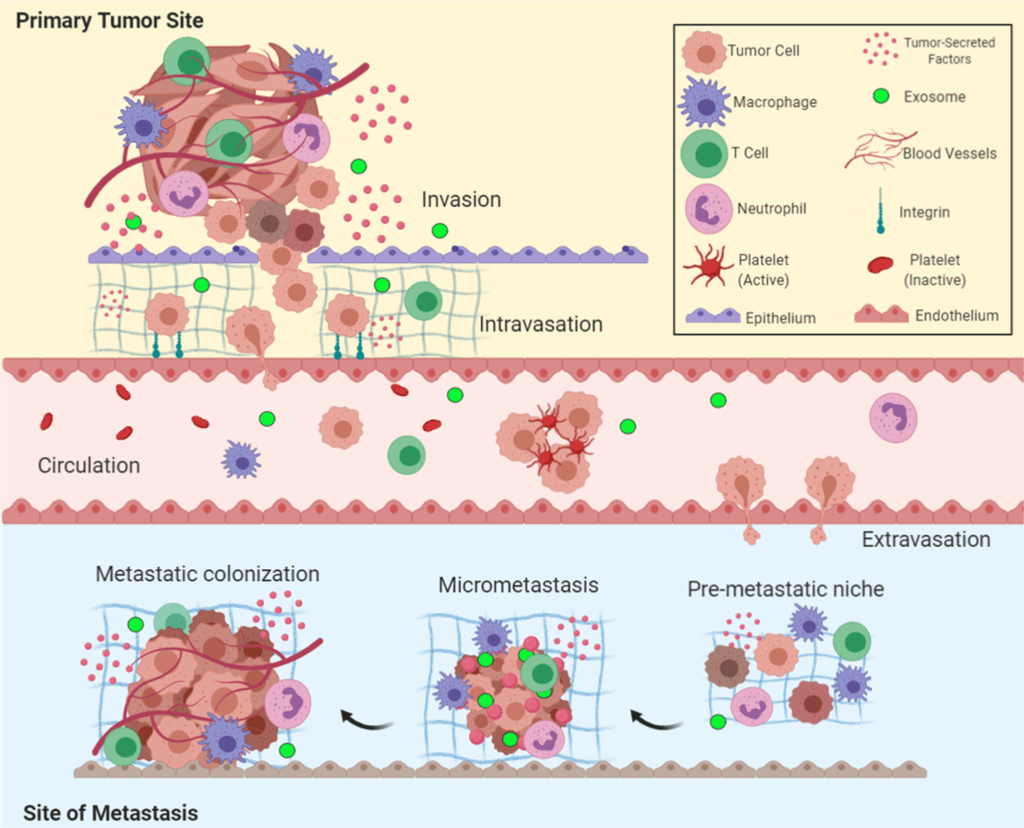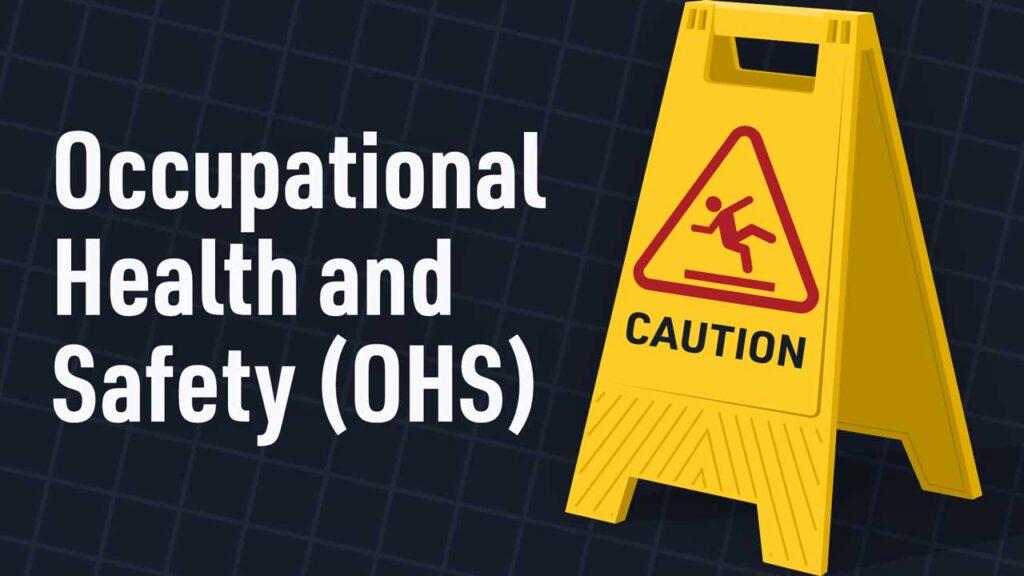The coronavirus, also known as COVID-19, is a highly contagious respiratory illness caused by the severe acute respiratory syndrome coronavirus 2 (SARS-CoV-2).
The coronavirus outbreak of COVID-19 was first reported in Wuhan, China, in December 2019 and has since become a global pandemic, affecting virtually every country on the planet.

Transmission and Symptoms:
COVID-19 spreads primarily through respiratory droplets when an infected person coughs, sneezes, or talks. It can also be contracted by touching contaminated surfaces and then touching the face.
The virus primarily targets the respiratory system and can lead to mild to severe respiratory symptoms. Common signs include fever, cough, shortness of breath, fatigue, loss of taste or smell, and muscle aches.
In severe cases, it can progress to pneumonia, acute respiratory distress syndrome (ARDS), and even death.
Global Impact:
The COVID-19 pandemic has had a profound impact on public health, economies, and societies worldwide. Countries have implemented various measures such as lockdowns, travel restrictions, social distancing, and mask mandates to control the spread of the virus.
These measures have led to significant disruptions in daily life, businesses, and industries, with many experiencing severe economic downturns.
Healthcare Systems and Frontline Workers:
Healthcare systems have faced unprecedented challenges due to the overwhelming number of COVID-19 cases.
Hospitals and medical facilities stretched to their limits, and frontline healthcare workers demonstrated immense dedication and resilience in caring for patients and combating the virus. Adequate protective equipment, testing capacity, also vaccination efforts have been critical in managing the pandemic.
Vaccination Efforts and Variants:
The development of safe and effective COVID-19 vaccines has been a game-changer in the fight against the virus. Global authorities have launched vaccination campaigns to protect populations and achieve herd immunity.
However, the emergence of new variants of the virus has raised concerns about vaccine efficacy and the need for ongoing research and vigilance.
Importance of Preventive Measures:
Preventive measures such as handwashing, wearing masks, maintaining physical distance, and avoiding large gatherings remain essential in reducing transmission rates. These measures, along with vaccination, play a crucial role in controlling the spread of COVID-19 and preventing future outbreaks.
Collaboration and Global Response:
The COVID-19 pandemic has underscored the importance of international collaboration and solidarity in addressing global health crises. Countries, scientists, and organizations have come together to share information, resources, also expertise in finding solutions to combat the virus.
Mental Health Impact:
The pandemic’s prolonged duration and associated stressors have had significant mental health implications for many individuals. Feelings of anxiety, depression, and loneliness have become more prevalent, highlighting the importance of addressing mental health needs during and after the pandemic.
Resilience and Hope:
Despite the challenges, the COVID-19 pandemic has demonstrated the resilience of human communities and the dedication of healthcare professionals and essential workers. Advances in medical knowledge and technology, along with global vaccination efforts, offer hope for a path toward normalcy and recovery.
Conclusion
The COVID-19 pandemic has been an unprecedented global health crisis that has profoundly affected societies and economies worldwide.
While the road to recovery may be challenging, collective efforts in vaccination, preventive measures, and ongoing research provide hope for overcoming this pandemic and preparing for future health challenges.
By maintaining vigilance and compassion, we can navigate these difficult times and build a healthier and more resilient world. 온라인카지노사이트









